The top Marvel Comics character debuts - 1990 to 1999
Looking back at the best Marvel Comics superheroes and villains created each year during most x-treme decade - the '90s
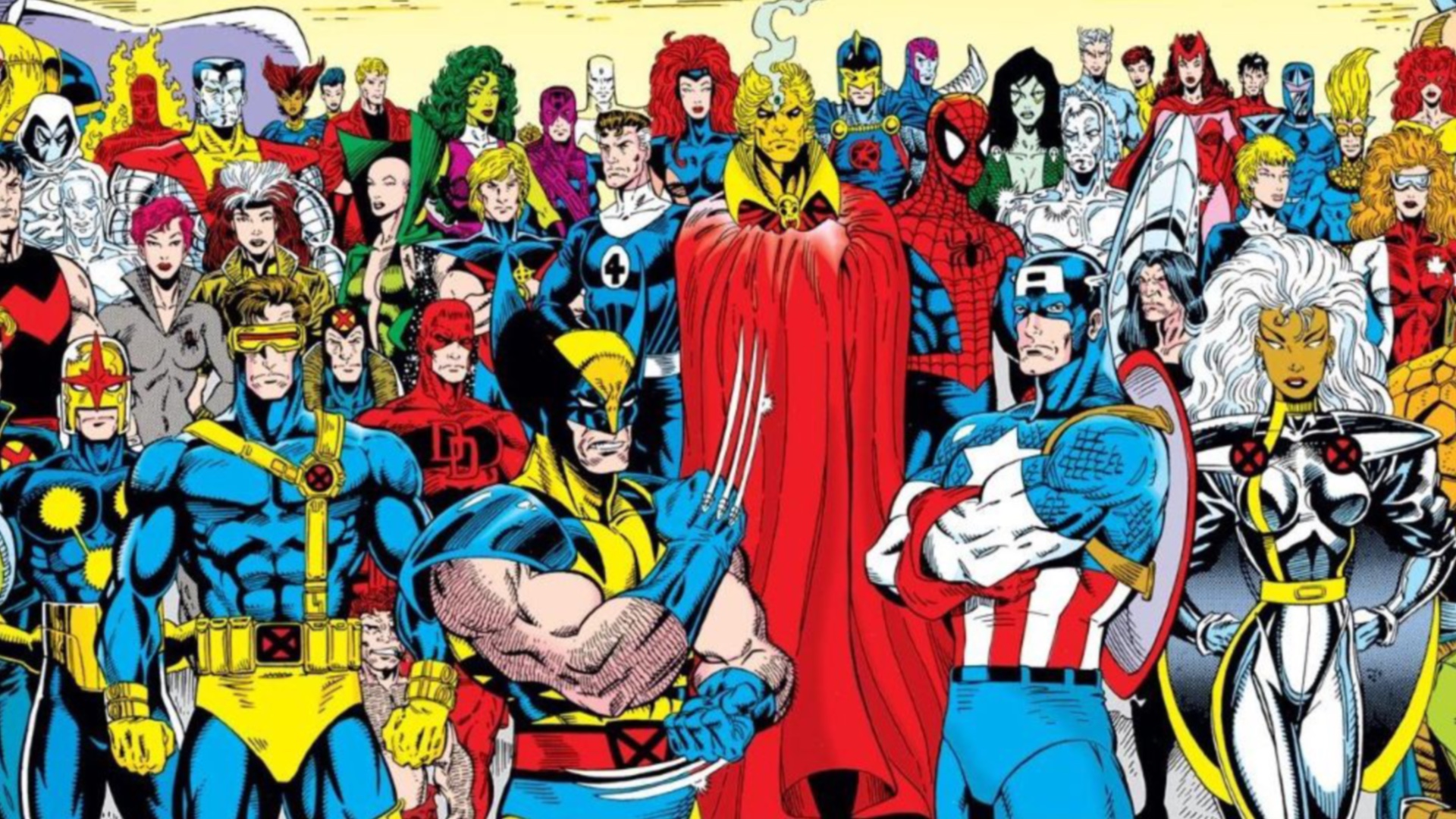
1961 marked the start of the Marvel Universe in Fantastic Four #1 - exactly 60 years ago this year.
But in the '90s, the Marvel Universe underwent one of its most radical periods of expansion and change - both in the gnarly, bodacious slang sense of the era, and in terms of how wildly the new characters and ideas introduced varied from the classic Marvel style.
Newsarama has been creating a Marvel Comics Yearbook, counting down the best character introduced in all 60 years since the start of the Marvel Universe (we'll get to characters such as Captain America, Namor, and Jimmy Woo who predate the Marvel Universe proper another time).
So far, we've looked back at the '80s, the '00s, and the '70s, and now we reach the '90s. The so-called 'chromium age' (thanks to the many gimmick covers of the era) marked the period in which comic books reached their zenith in terms of sales and cultural awareness - and in which many folks reading this likely got their starts collecting and reading comics.
So lace up your dozens of pouches, polish your shoulder pads, and get ready to enjoy a very specific - and special - type of nostalgia as we look back at the best Marvel character to debut in each year of the '90s.
1990 - Cable

First Appearance: New Mutants #87
Recommended Reading: Cable: The Last Hope
Mutant. Warrior. Time-traveler. Cyborg. Son of a clone. All of these are terms that describe Cable, a character who could only be dreamed up in comic books. Introduced in 1990's New Mutants #87 by writer Louise Simonson and artist Rob Liefeld as a time-traveling warrior from a future where Apocalypse ruled the world.
Get the best comic news, insights, opinions, analysis and more!
Cable became instrumental in evolving the New Mutants into X-Force, a militant mutant strike force taking action the X-Men couldn't (or wouldn't) against the mutant villain and his ilk - but for years, his true identity and the story of how he became a time traveler was a mystery.

Years into Cable's existence, it was revealed that he was in fact the fully grown, fully gruff child Nathan Summers, the infant child of Scott Summers/Cyclops and his first wife Madelyne Pryor (herself a clone of Jean Grey), who had been taken to the future after contracting a techno-organic virus that nearly killed him.
Since this revelation, Cable has evolved multiple times (as is the way of time-travelers) with his most recent incarnation actually a teen version of himself who flat-out killed his older self and took his place. Kid Cable, as he's sometimes called, has become a part of the Summers family proper in the Krakoa era, though the upcoming finale of his solo title pits him against his older self, with the elder Cable apparently resuming his place in the Marvel Universe afterward.
One of the quirkier parts of Cable's history, his relationship with Deadpool, was adapted into the film Deadpool 2, with actor Josh Brolin putting forth a suitably gruff turn as a somewhat different take on Cable.
Didn't Make the Cut: Stryfe, Ghost Rider (Danny Ketch), Gambit, Silhouette, Living Lightning, Rage
1991 - Deadpool
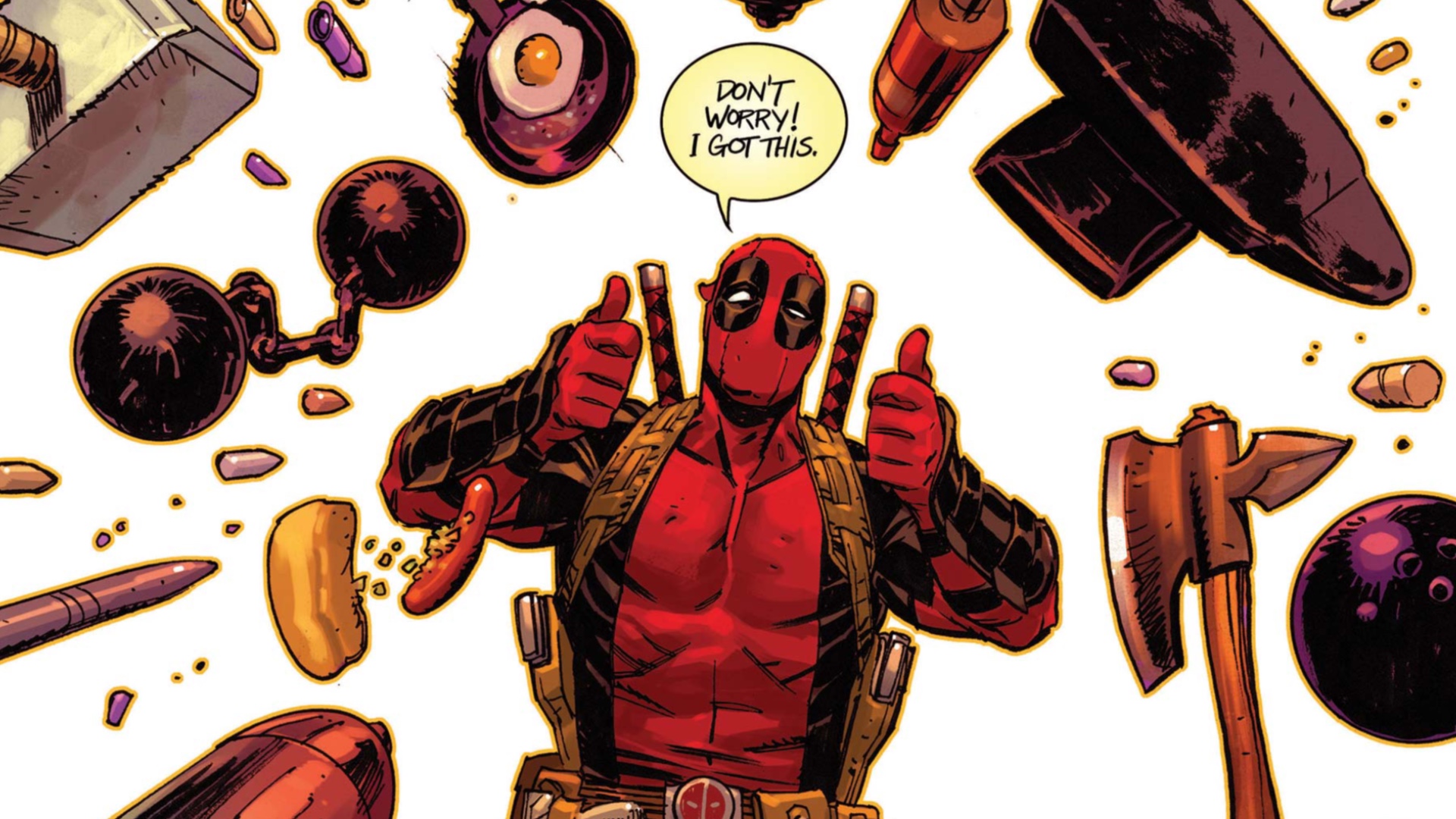
First Appearance: New Mutants #98
Recommended Reading: Deadpool by Joe Kelly
Whether you hate to love him or love to hate him, there's no denying the impact Deadpool has had on the Marvel Universe since his debut in 1991's New Mutants #98.
Wade Wilson – known to his lovers and haters as the Merc with a Mouth - is an unkillable, fourth-wall-breaking, beloved-despite-his-potty-mouth-and-bloodstained-katanas weirdo who, even through his jokey attitude, has become a vehicle for some surprisingly deep stories over the years.
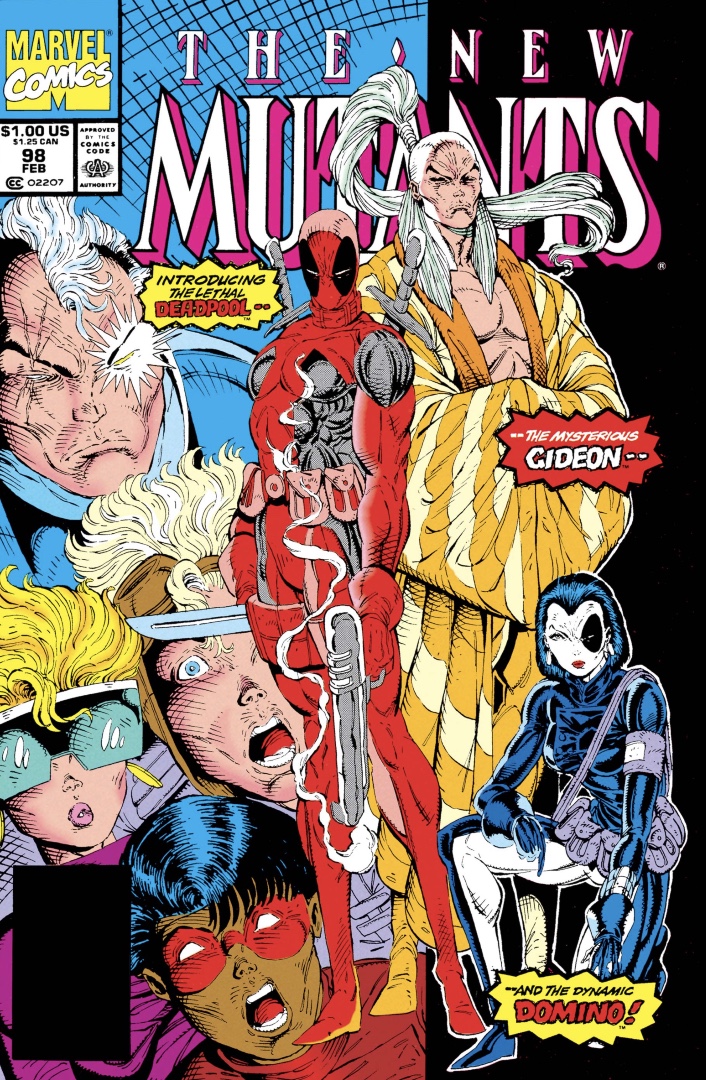
Originally created as a foil for the New Mutants by Rob Liefeld with Fabian Nicieza, Deadpool broke out on his own in the late '90s in a title from writer Joe Kelly and artist Ed McGuiness that added his over-the-top sense of humor and his meta-textual nature as a guy who's kinda aware he's a comic book.
In the years since, Deadpool has basically become a Marvel franchise all his own (though he still manages to stay close to the X-Men most of the time), with a series of successful films starring Ryan Reynolds – who will continue the role now that Marvel has the previously Fox-controlled X-Men film rights, maybe even bringing Deadpool into the MCU.
At this point, almost everyone knows Deadpool - comic book fan or not - and has an opinion on him. In a way, Deadpool has become Marvel's most infamous character - a fan-favorite who still manages to piss people off (something his boosters seem to be all the more delighted by).
Didn't Make the Cut: Domino, Darkhawk, Shatterstar, Sleepwalker, Fabian Cortez, Lyja, Trevor Fitzroy, Bishop, Squirrel Girl
1992 - Spider-Man 2099

First Appearance: Spider-Man 2099 #1
Recommended Reading: Spider-Man 2099
Something readers will notice is that multiple versions of Spider-Man have made an impact throughout Marvel Comics history, often overlapping and making waves separately, at the same time.
From Peter Parker's debut in 1962, in many cases when Marvel has decided to explore a new continuity or concept, Spider-Man has been the character the publisher turns to as the pioneer for their new ideas.
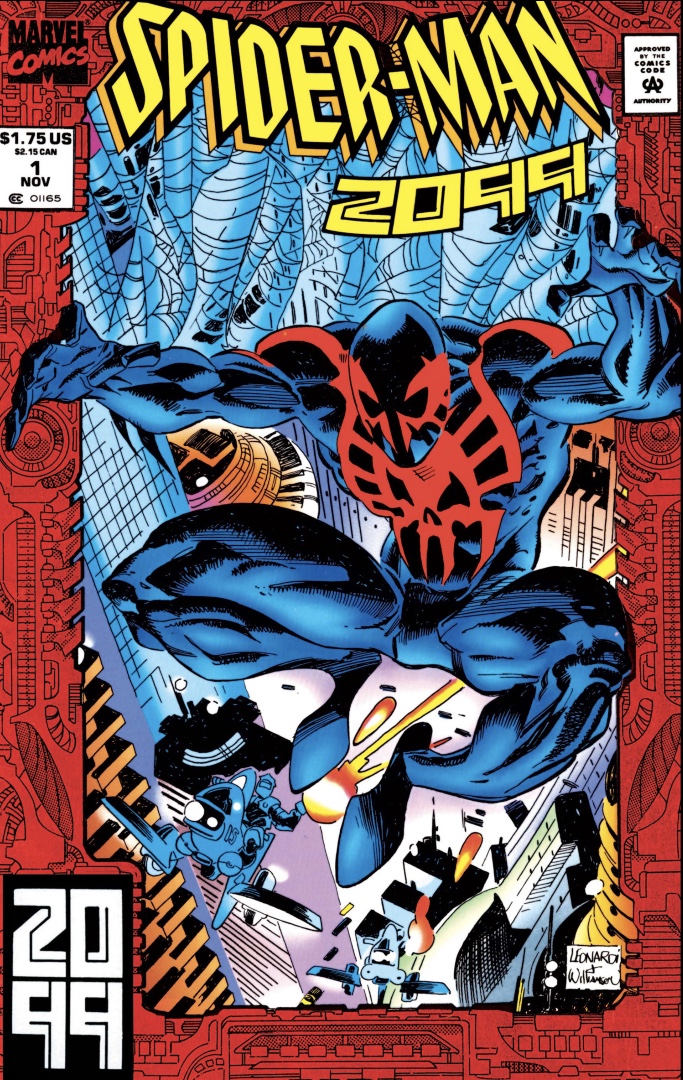
Case in point, 1992's Spider-Man 2099, a totally new character who took Spider-Man's legacy and name, forming the basis of a whole continuity of future heroes with connections to heroes of Marvel's past in the 2099 line.
Though the 2099 line quickly grew to include future versions of the X-Men, the Punisher, Ghost Rider, Doom, and many more, Spider-Man 2099/Miguel O'Hara became the breakout 2099 character, even remaining part of the Marvel Universe after the 2099 line ended.
Over the years since the original Spider-Man 2099 stories, the character has become a headliner in modern comics as well, with a revival title that spanned O'Hara's adventures between the 2099 setting and the modern-day.
Didn't Make the Cut: Omega Red, Vengeance, Maverick, Carnage, Lilith (demon), Doom 2099, Maestro, Ravage 2099
1993 - Genis-Vell
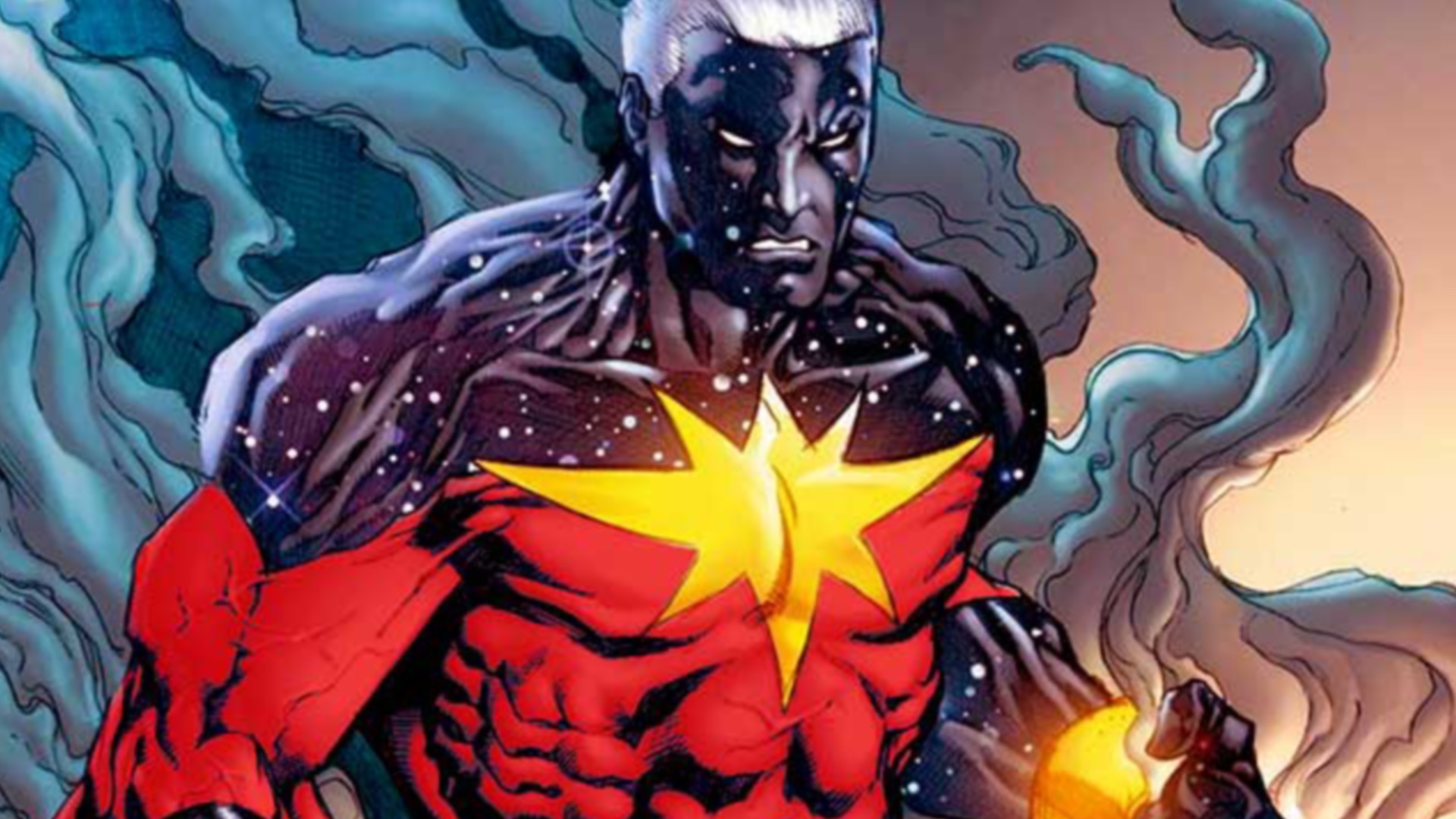
First Appearance: Silver Surfer Annual #6
Recommended Reading: Captain Marvel by Peter David & ChrisCross
There are a few legacies that have defined Marvel Comics, and the son of Mar-Vell, the original Captain Marvel, represents the publisher's '90s attempt to continue Mar-Vell's story - so much so that he was actually introduced under the superhero name Legacy.
Sporting a very '90s-style update of his dad's costume along with his cosmically powered Nega-Bands, Genis-Vell spent most of his early appearances following his debut in 1993's Silver Surfer Annual #6 as an occasional guest character for other heroes.

That all changed following the story Avengers Forever, in which Avengers ally Rick Jones became bonded to Genis-Vell the same way he was once bound to Mar-Vell, with the pair swapping places each time they slammed the Nega-Bands together. This formed the basis of Genis-Vell's landmark solo title, in which he took the name Captain Marvel, making him the third character at the publisher to use the name, and only the second with direct ties to its original Kree origins in the Marvel Universe.
Genis-Vell's Captain Marvel was a psychedelic joyride that threw back all the way to Marvel's '70s cosmic titles, in which his father had played a major part, standing out from most everything else going on in the late '90s.
Genis-Vell later gave up the Captain Marvel name, taking the name Photon (which was ironically then in use by the second Captain Marvel, Monica Rambeau, who changed her name to Pulsar as a result), joining a new, more outwardly heroic version of the Thunderbolts. Unfortunately, that proved to be his undoing, as he followed in his father Mar-Vell's footsteps once more, dying in Thunderbolts #100. So far, he hasn't been permanently resurrected - something else he shares with Mar-Vell.
Didn't Make the Cut: Punisher 2099, Graydon Creed, Scream, X-Cutioner, Exodus, Ectokid, Hulk 2099, Shard
1994 - Ben Reilly
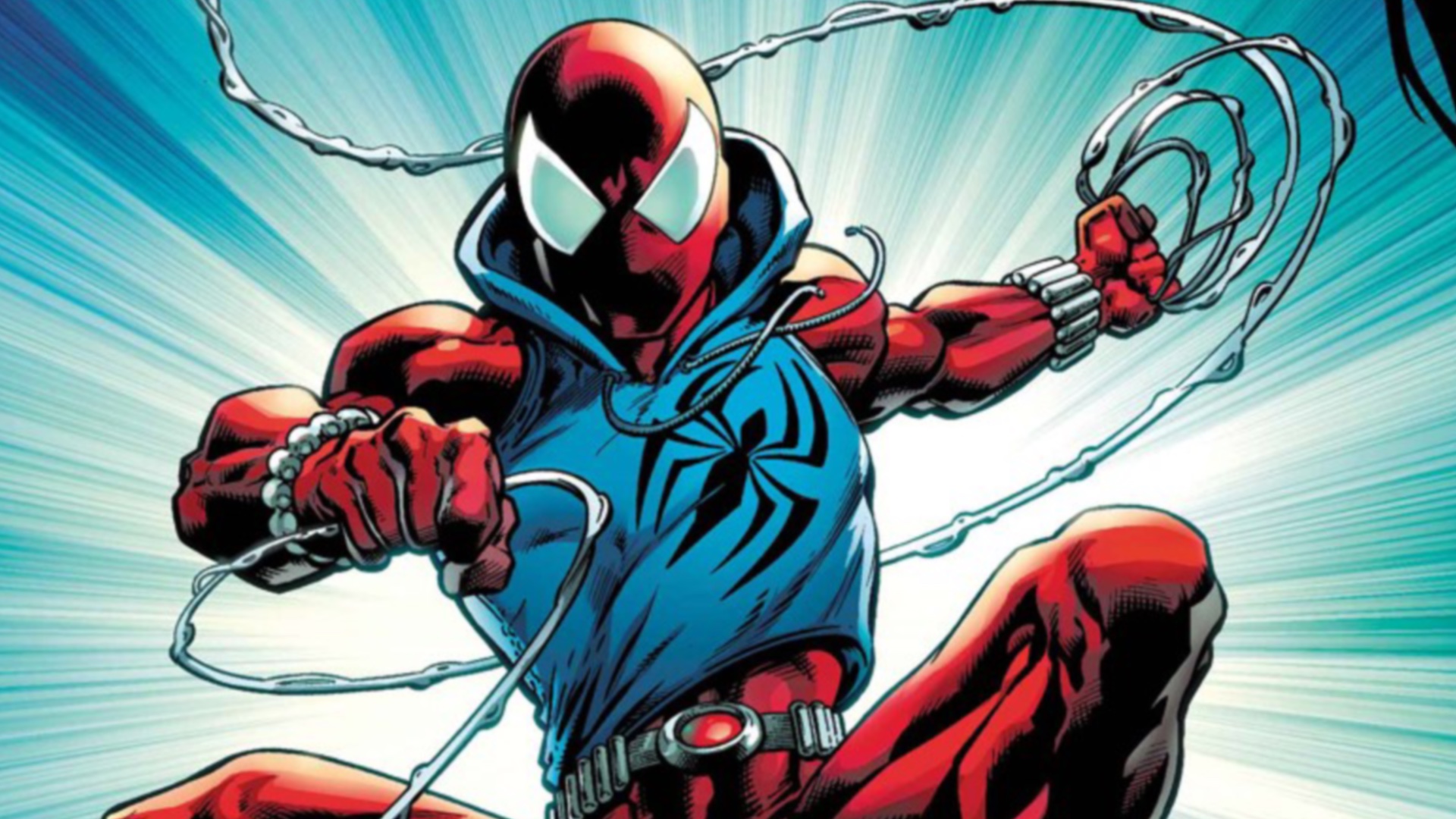
First Appearance: Spider-Man #52
Recommended Reading: Scarlet Spider: Back in the Hood
Back in the '90s, when Marvel Comics made a swing for the fences, they aimed way past the scoreboards. Case in point, Spider-Man's infamous 'Clone Saga,' a now cult-classic Spidey story in which Peter Parker (as in the Peter Parker readers had always known to be Spider-Man) learned that he was actually a clone created by the Jackal, who was thought to have died way back in the '70s.
Meanwhile, the so-called 'real' Peter Parker resurfaced using the name Ben Reilly – a combination of Uncle Ben Parker's first name, and Aunt May's maiden name. He told Peter the 'truth,' and took over as Spider-Man in a story that wound up stretching on far longer than originally intended thanks to the huge sales boost involved.
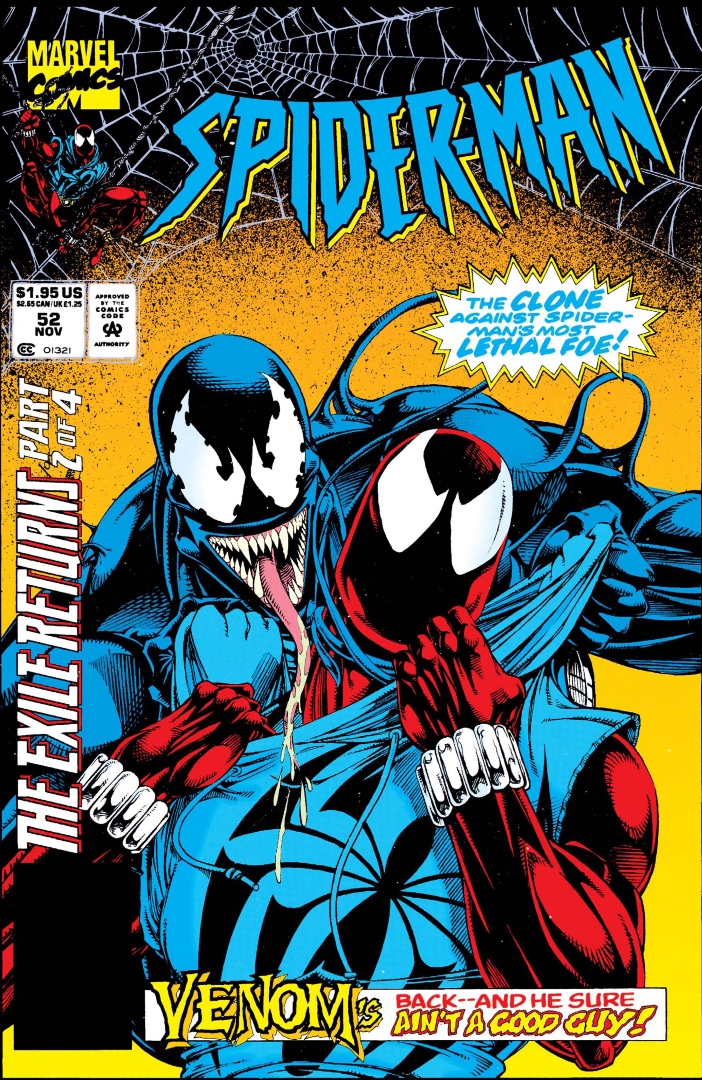
Though he was eventually revealed to be a clone himself (and killed for real), Ben Reilly became a fan-favorite character, even for some readers who were left cold by the story that introduced him. Reilly later returned as a new version of The Jackal for the story The Clone Conspiracy, before briefly resuming his identity of the Scarlet Spider which he used before becoming Spider-Man back in the '90s.
Now, technically, the concept of the 'Spider-Clone' was introduced back in the '70s, but it wasn't till the '90s that the clone became a character all his own with a name, a personality, and an ongoing Marvel Comics history (and when clones are involved, it's legitimately unclear if Ben Reilly was even the actual original Peter Parker clone or not).
And since Ben Reilly is a character that epitomizes mid-'90s Marvel, we're gonna call this entry 'case closed.'
Didn't Make the Cut: Ghost Rider 2099, M, Marrow, Blink, Chamber, Penance (Hollow), Kaine Parker, Husk
1995 - Pete Wisdom
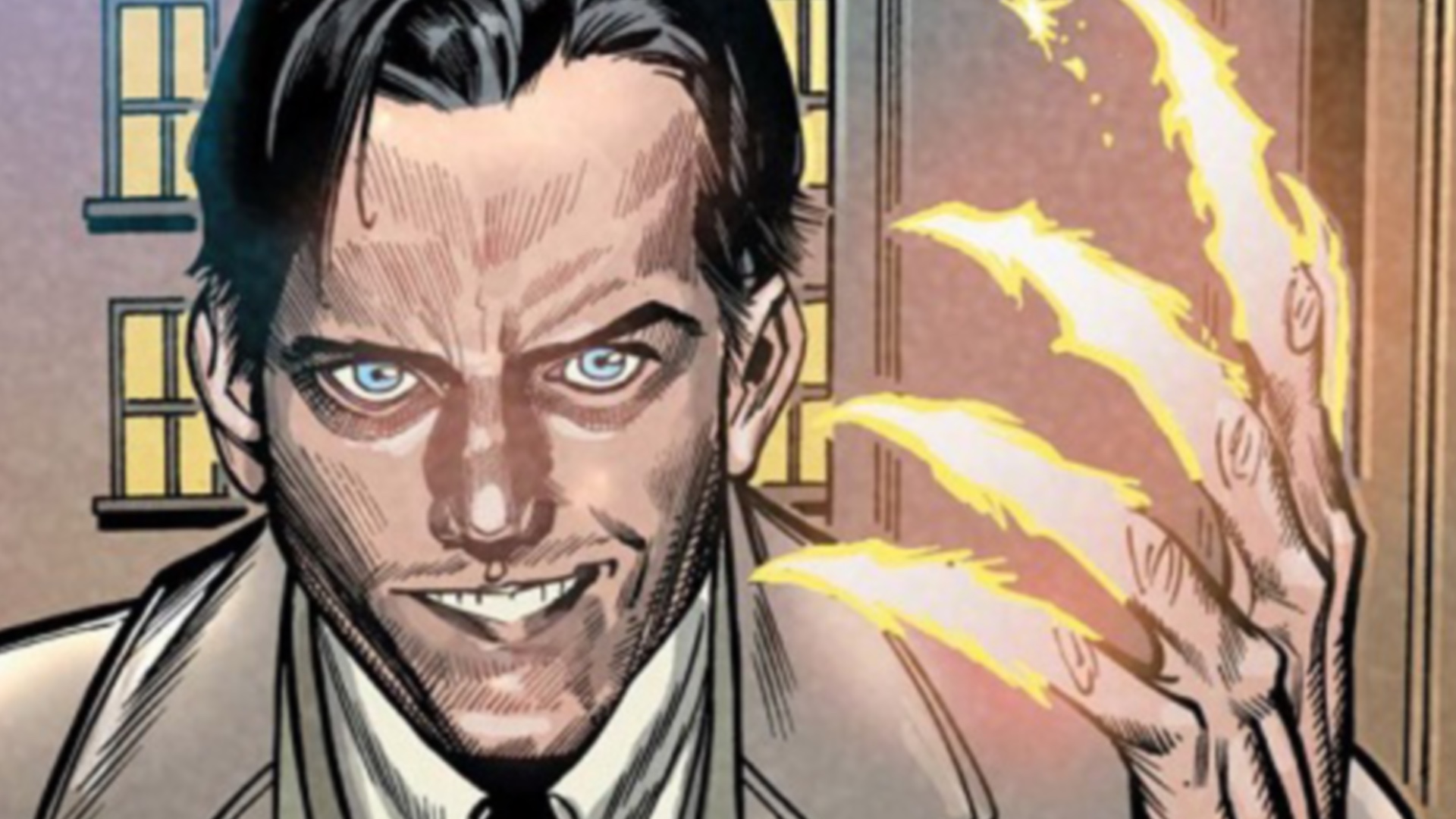
First Appearance: Excalibur #86
Recommended Reading: Captain Britain and MI-13
Pete Wisdom follows in a long line of acerbic, trench-coat wearing British antiheroes who chew at the fringes of the superhero conversation - though with a mutant twist all his own.
Born with the mutant ability to fire 'knives' of thermal energy from his hands, Pete Wisdom became who he is after working in the UK's version of X-Files, Black Air - but unlike Mulder and Scully, Wisdom got his hands much, much dirtier - and bloodier.

Wisdom debuted in 1995's Excalibur #85 by Warren Ellis and Ken Lashley, based on an unpublished creator-own character of the same name by Ellis that paid homage to John Thaw's Jack Regan from the '70s British cop show The Sweeney.
Wisdom first appeared as a government liaison to Excalibur, but quickly joined the team in an effort to get out from under his increasingly bloody (that's full of blood, not the British curse word, though that may also apply) job with the British government. Wisdom has since become a bit of a free agent, working sometimes with mutants like Excalibur and X-Force, while usually maintaining his own interests as well.
In other cases he's gone back to work for the British government as a de facto expert on mutant and supernatural affairs, offering up his particular brand of biting sarcasm as a counterpoint to the often high-and-mighty heroes he works with such as Captain Britain and Merlin.
Didn't Make the Cut: Mondo, Dark Beast, Holocaust, X-Man, Sugar Man, Joseph
1996 - Rikki Barnes
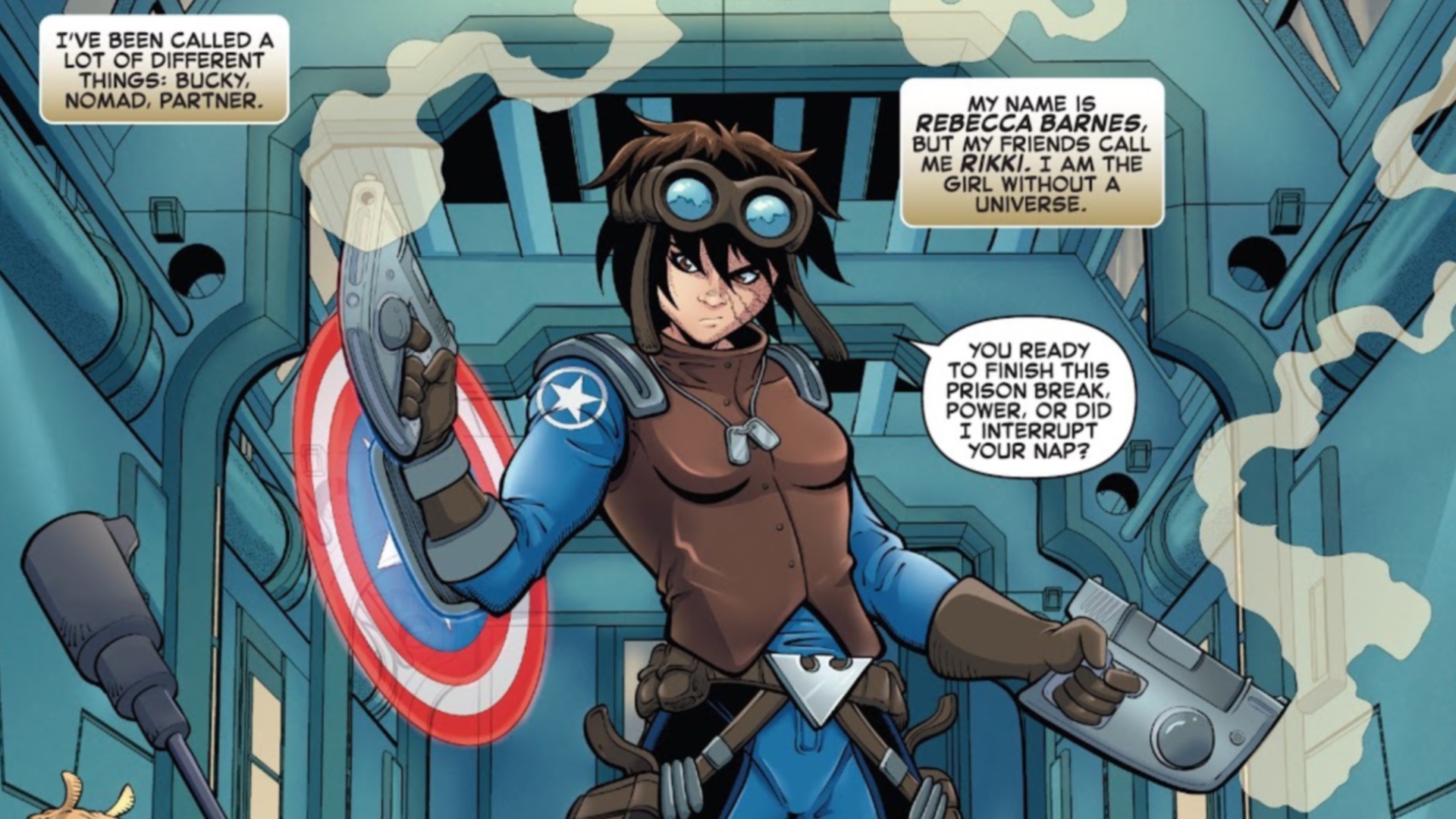
First Appearance: Heroes Reborn #1/2
Recommended Reading: Young Allies
1996 was a banner year not just for Marvel Comics, but for the industry in general. There was the landmark Marvel Vs. DC crossover and subsequent Amalgam mash-up line of titles that combined Marvel and DC characters, but also Marvel's Heroes Reborn. (Read our respective on Comic books' crazy 1996 here.)
Heroes Reborn (which lends its title, but not concept, to a 2021 summer event celebrating the 25th anniversary) was less a story than a relaunch which involved removing the Avengers and Fantastic Four and many related characters from the core Marvel Universe and rebooting them in a separate continuity with all new histories and relationships.
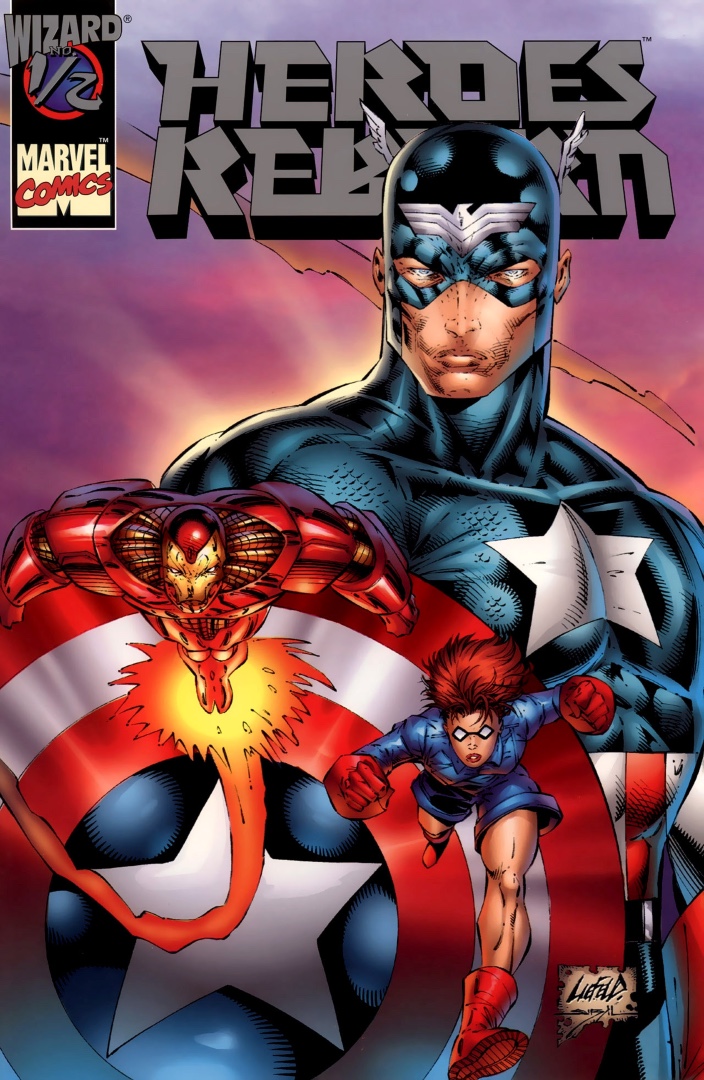
To that end, Captain America had a very different history in the Heroes Reborn universe, including a new version of his classic sidekick Bucky Barnes – sorta. In Heroes Reborn, instead of recruiting Bucky Barnes, Captain America recruits Bucky's sister Rikki Barnes, a young foil for Cap who became his partner after helping him take on the Red Skull.
Though Rikki isn't the only character created for Heroes Reborn, she's somewhat unique in that she eventually crossed over into the mainstream Marvel Universe after the destruction of the Heroes Reborn pocket universe, taking the codename Nomad as a member of the Young Allies, and as part of the Fantastic Four's Future Foundation.
Rikki hasn't been in the spotlight at all in recent years, though now that the Future Foundation is back from their mission of rebuilding Marvel's Multiverse, she's back on the table for her next adventure.
Didn't Make the Cut: Bastion, Ultragirl
1997 - Maggott
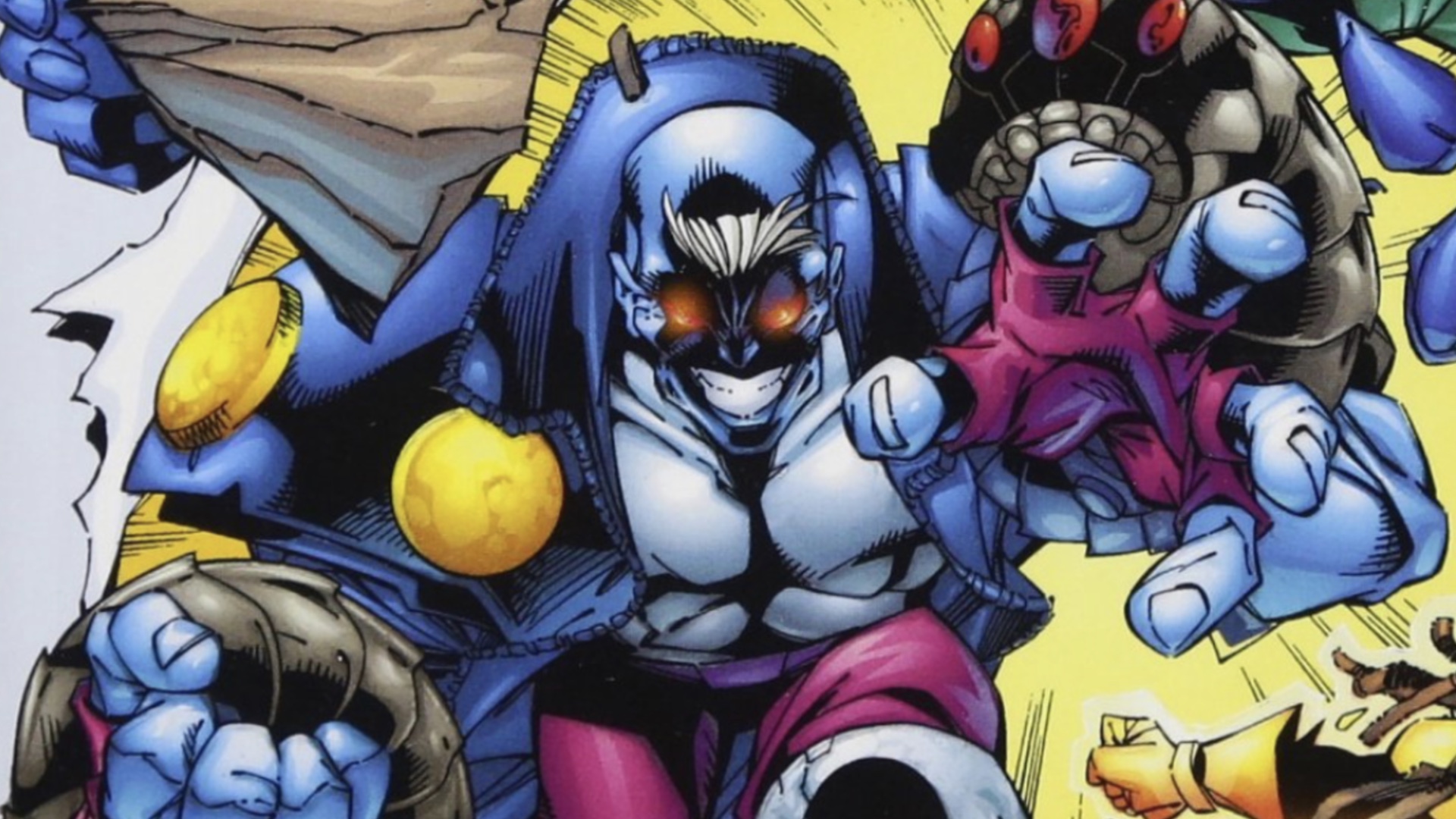
First Appearance: Uncanny X-Men #345
Recommended Reading: X-Men: Gold Vol. 0: Homecoming
As the X-Men line seemingly expanded exponentially (x-panded x-ponentially?) as the team's popularity boomed through the '90s, Marvel began introducing new mutant heroes and villains almost by the dozen.
Some of them have stood the test of time, while others have gone the way of many mutants to become, shall we say, acquired tastes for dedicated fans - with even the most obscure mutants usually finding at least one dedicated devotee.
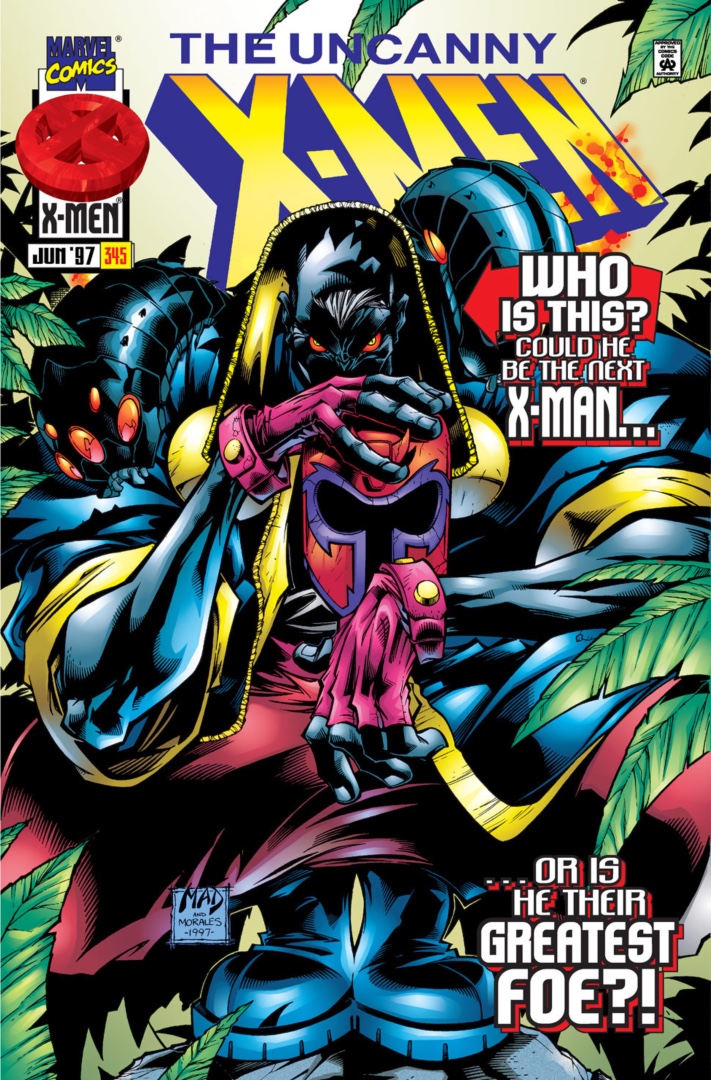
When the core X-Men team itself added several new characters to the mix in 1997, the one who stood out the most as one of Marvel's most interesting and arresting mutants to date was Maggott, a South African mutant whose mutation took the form of a living digestive system which he could expel from his own body as a pair of eel-like growths which he named 'Eenie' and 'Meenie' that could drain his enemies energy.
Maggott wasn't exactly a breakout character - to this day he remains a contentious addition to the X-Men, the kind of love-him-or-hate-him hero that was all too common in '90s X-Men stories. His tenure on the X-Men was short, eventually being sent down to the younger Generation X team before dying. Though like most mutants, he's been resurrected in the Krakoa era.
Whether you totally love Maggott or don't get him at all, Marvel certainly didn't come up with a more off-the-wall hero in 1997, and maybe not even through the rest of the '90s - even if he's largely still waiting for his defining story to be told.
Didn't Make the Cut: Kraven the Hunter (Alyosha Kravinoff), Jolt, Cecilia Reyes, Crimson Cowl (Justine Hammer)
1998 - Okoye
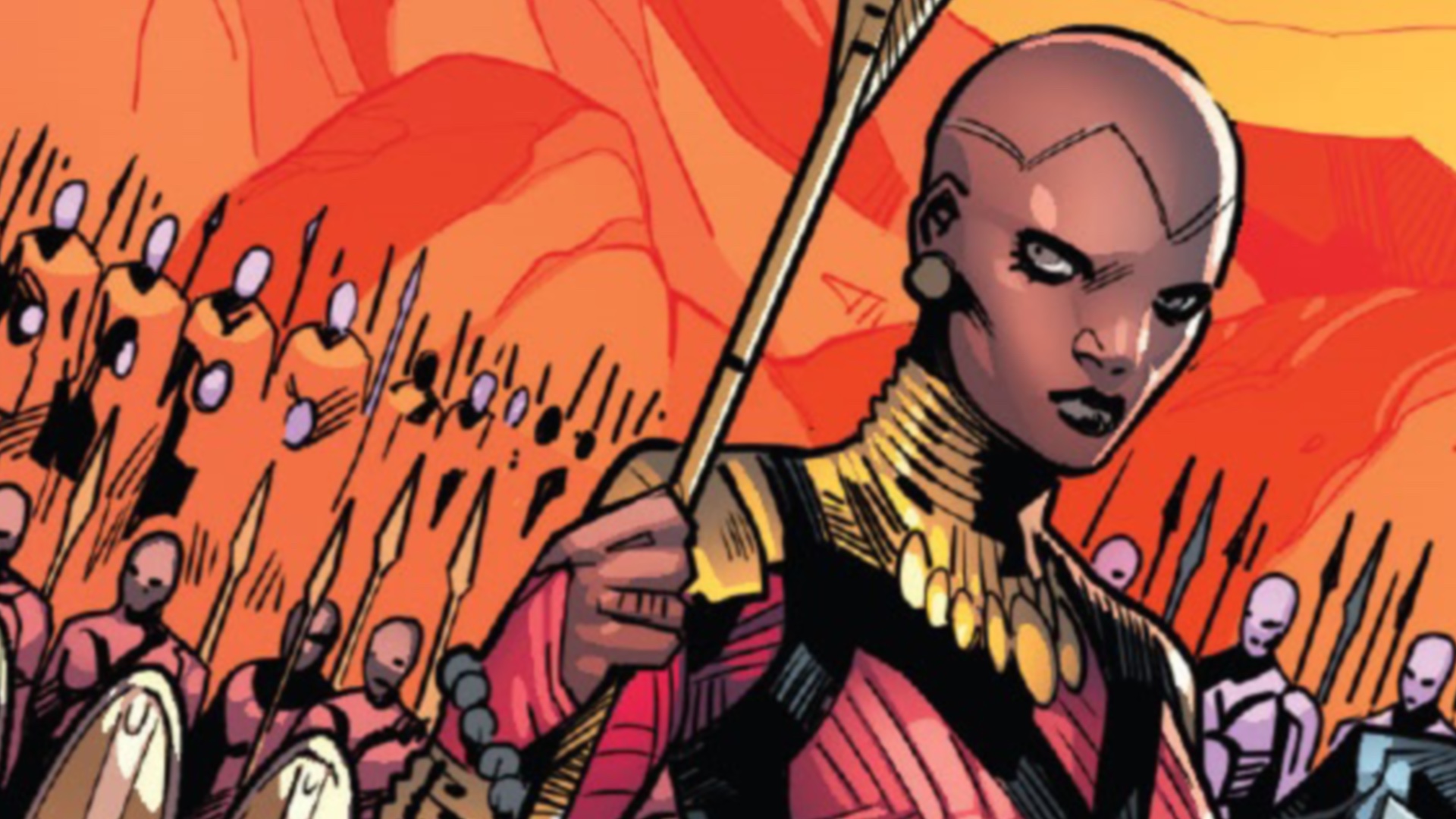
First Appearance: Black Panther #1
Recommended Reading: Black Panther and the Agents of Wakanda
Okoye, most badass and well-known of the Wakandan royal guard the Dora Milaje, hasn't had a chance to headline her own project yet, but that hasn't stopped her from making herself a household name thanks to Danai Gurira's fan-favorite portrayal in the Marvel Cinematic Universe.
But Okoye's roots go all the way back to 1998's Black Panther #1, the third volume of T'Challa's solo title from writer Christopher Priest and artist Mark Texeira, which introduced not just Okoye and the Dora Milaje, but many of the concepts that have defined Wakanda since, across different media - making her one of the most integral characters of modern Black Panther lore.

And thanks to her increased MCU profile, Okoye has begun to get her due in comic books as the director of the Agents of Wakanda, a sub-group of the Avengers based out of Wakanda, showcasing her place among the best warriors of the Marvel Universe - with or without powers and a codename.
She's even risen to the ranks of fighting alongside the Avengers in the MCU as well, working alongside the team in Avengers: Endgame, with many fans expecting her to eventually be part of the long-rumored all-female MCU Avengers team.
Okoye has yet to reach her full potential as a character, but the journey to stardom for the character started all the way back in 1998, and shows no signs of slowing down, with the recently titled film sequel Black Panther: Wakanda Forever on the horizon.
Didn't Make the Cut: J2, Spider-Girl (Mayday Parker), Baymax, Dusk, Prodigy, Hornet, Ricochet, Silverclaw, Triathlon, Spider-Woman (Mattie Franklin)
1999 - Echo
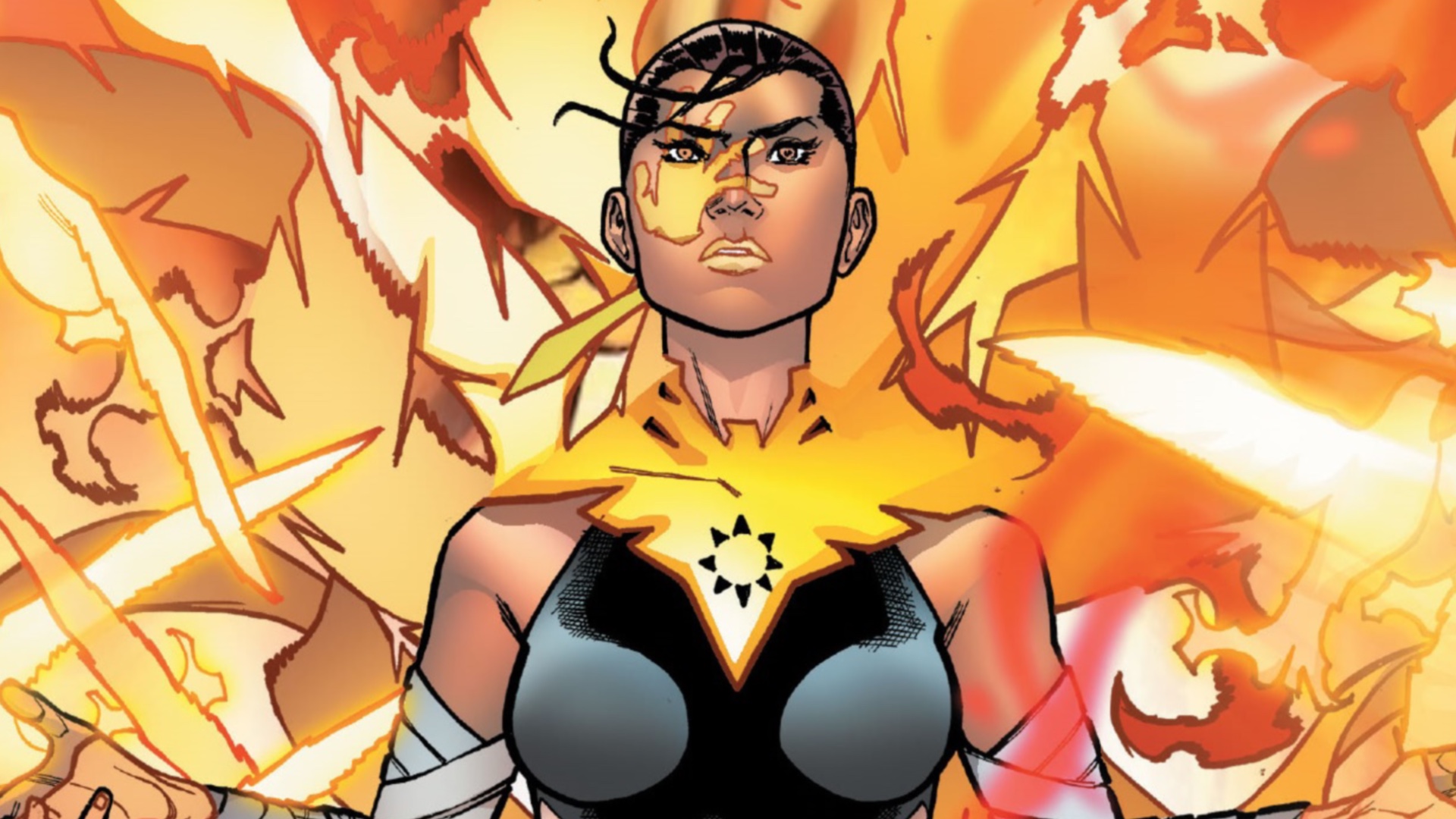
First Appearance: Daredevil #9
Recommended Reading: Avengers: Enter the Phoenix
Marvel's legacy of showcasing characters with disabilities goes all the way back to the '60s with Daredevil and Professor X. And in 1999, it's Daredevil's title that provided the introduction for another disabled character who started out as a villain before going on to become a hero in her own right.
Of course we're talking about Maya Lopez/Echo, a former lover and enemy of Daredevil turned ally and current Avenger. A deaf woman who was believed to have a learning disability as a child, Maya's prodigious capacity for art - and violence - became apparent as she grew, leading her to be trained as an assassin by Kingpin who was once her dead father's boss.
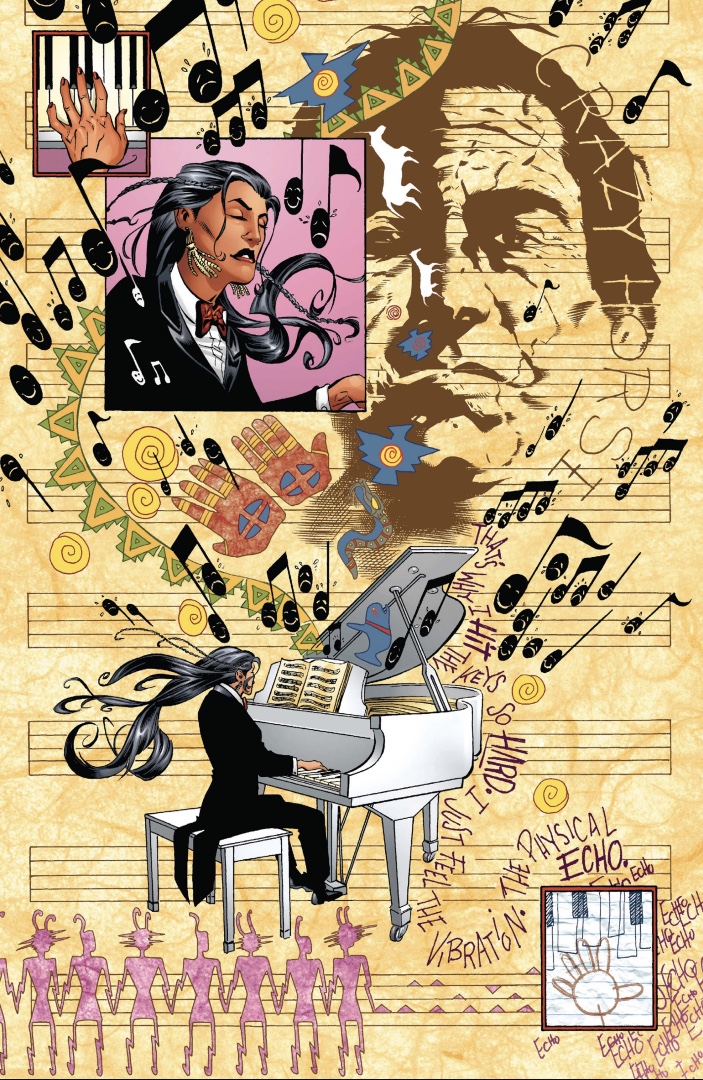
At the same time Maya was training as Kingpin's assassin to kill Daredevil, she was falling in love with Matt Murdock, a dichotomy that is, sadly for Matt, all too common in his life. But when Maya, in her guise as Echo, nearly kills Daredevil, she realizes Daredevil and Matt are one and the same, shaking her allegiance to Kingpin and turning her into Matt/Daredevil's ally. Maya later went on to join the New Avengers as the first character to use the identity of Ronin, later taken up by Clint Barton as seen in Avengers: Endgame.
Echo's association with the Avengers continued off-and-on even after she ceded the Ronin identity, including a mission to rescue her when she was killed and resurrected by the Hand and their then-villainous leader Elektra. That story revealed the Elektra that Echo had been facing was in fact a Skrull, kicking of the Secret Invasion storyline.
Most recently, she rejoined the Avengers for the story 'Enter the Phoenix,' which made Echo the new long term host of the Phoenix Force. Outside of comics, she's scheduled to appear in Disney Plus's upcoming MCU Hawkeye show played by Alaqua Cox, with reports she may even get her own spin-off show.
Didn't Make the Cut: American Dream, Valeria Richards, Hope Pym, Revengers
Now that you've read about the best Marvel characters of the '90s, catch up on the best Marvel Comics stories of all time.
I've been Newsarama's resident Marvel Comics expert and general comic book historian since 2011. I've also been the on-site reporter at most major comic conventions such as Comic-Con International: San Diego, New York Comic Con, and C2E2. Outside of comic journalism, I am the artist of many weird pictures, and the guitarist of many heavy riffs. (They/Them)



